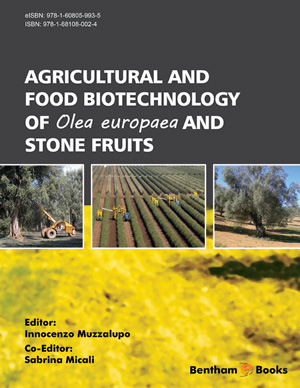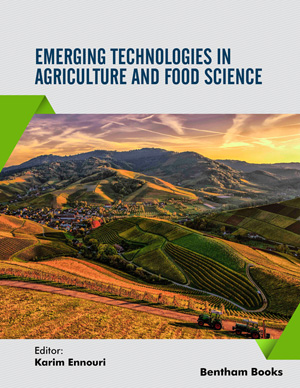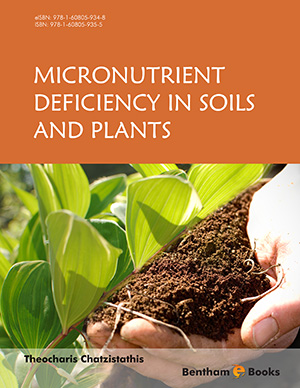Abstract
The European Commission is encouraging reflection on territorial convergence. At the core of its political agenda is the understanding of the features of the centre–periphery equilibrium and uneven development, the common challenges across regions and the territorial impact of the CAP. These issues represent the topic of the paper, referred to as 166 EU-15 regions at the NUTS II level, and to the time period from 1995–2005. As the CAP is still a strictly sectoral policy, it primarily affects agricultural growth and, through this sector, economic convergence. Thus, the empirical analysis, first, characterises the agricultural and economic conditional catching-up process and, subsequently, compares the local sectoral parameters of convergence. The role of spatial nonstationarity is detected comparing OLS and GWR estimates. Empirical findings suggest GWR as a more appropriate model specification and preferable for explanatory spatial data analysis in accordance with a territorial perspective to convergence. Further, there is high heterogeneity in the behaviour of the different agricultural and economic regions referable to convergent clubs across neighbouring regions. The analysis also underlines a general negative correlation between agricultural and economic speed of convergence, although the great diversity between sub-groups of regions calls for a better understanding of the determinants of these relationships and of sectoral productivity growth. In this context, the role of the technological capital accumulation process is underlined, particularly in the light of a CAP that has not been able to support catching up.














